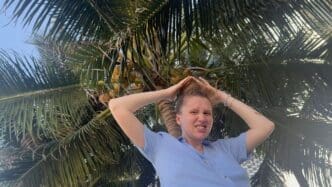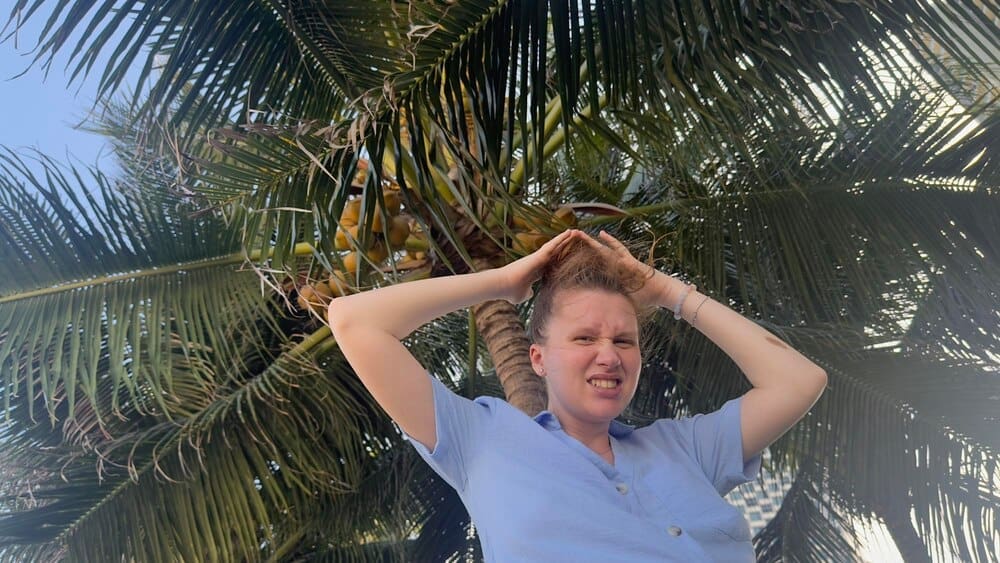In Miami and across the world, thousands of individuals grapple with Trichotillomania, a complex mental health condition characterized by the recurrent, irresistible urge to pull out one’s own hair. Often beginning in late childhood or early adolescence, this disorder is far more than a “bad habit”; it is a clinical diagnosis rooted in neurobiology and psychology that can cause significant emotional distress and noticeable hair loss. For those affected in South Florida and beyond, understanding that this is a treatable medical condition—and that effective, evidence-based help is available—is the critical first step toward managing the behavior and reclaiming a sense of control.
What is Trichotillomania?
Trichotillomania, often abbreviated as “trich,” is classified in the Diagnostic and Statistical Manual of Mental Disorders (DSM-5) under “Obsessive-Compulsive and Related Disorders.” It belongs to a category of behaviors known as Body-Focused Repetitive Behaviors (BFRBs), which also includes skin picking (dermatillomania) and nail-biting (onychophagia).
The core feature of the disorder is the repetitive pulling of one’s hair from any region of the body. The most common sites are the scalp, eyebrows, and eyelashes, but hair can be pulled from any area, including the pubic region, beard, or limbs. This pulling results in hair loss that is often patchy and noticeable.
To receive a formal diagnosis, an individual must not only engage in the behavior but also experience significant distress or impairment in social, occupational, or other important areas of functioning. They must have also made repeated attempts to decrease or stop the hair pulling. Finally, the behavior cannot be better explained by another medical condition (like a dermatological issue) or another mental disorder.
The Pulling Cycle: Tension, Relief, and Shame
For many, the experience of trichotillomania follows a distinct cycle. It often begins with a rising sense of tension, an uncomfortable “itch,” or an inexplicable urge. The act of pulling a specific hair—often one that feels coarse or “different”—provides a brief but powerful sense of relief, pleasure, or gratification.
This relief, however, is short-lived. It is frequently followed by feelings of shame, guilt, and frustration over the inability to control the behavior and the resulting hair loss. This emotional fallout can, in turn, trigger more stress and anxiety, perpetuating the cycle and leading to another pulling episode.
Pulling can be categorized into two main types:
- Focused Pulling: This is an intentional act, often done in response to a negative emotional state like stress, anxiety, or boredom. The person is fully aware of what they are doing and may engage in rituals, such as examining the hair root or rolling the hair between their fingers.
- Automatic Pulling: This type of pulling is unconscious and happens while the person is engaged in sedentary activities, like watching television, reading, driving, or working at a computer. They may not even realize they have been pulling until they see a pile of hair beside them.
Who Is Affected and Why?
Trichotillomania affects an estimated 1-2% of the population. While it can appear at any age, the most common period of onset is between the ages of 10 and 13, coinciding with the onset of puberty. The condition appears to be diagnosed more frequently in females than in males, particularly in adulthood, though this may be partly due to differences in reporting or seeking treatment.
The causes of trichotillomania are not fully understood, but research points to a combination of factors, making it a multifaceted disorder.
Genetic and Neurobiological Factors
There is strong evidence for a genetic predisposition to the disorder. Trichotillomania often runs in families, and having a close relative with the condition increases one’s risk. It is also more common in individuals who have a family history of other BFRBs or Obsessive-Compulsive Disorder (OCD).
Brain imaging studies have revealed differences in brain structure and neural pathways in individuals with trichotillomania compared to those without. These differences are often seen in areas of the brain responsible for habit formation, impulse control, and emotion regulation, suggesting a neurobiological underpinning to the irresistible urges.
Environmental and Psychological Triggers
While biology may set the stage, environmental factors often act as triggers. Stress is a major contributor; periods of high pressure at school, work, or in personal relationships can significantly increase the frequency and intensity of pulling.
For many, pulling serves as a self-soothing mechanism or a way to cope with uncomfortable feelings like boredom, frustration, or sadness. It can become a default response to a wide range of internal and external cues.
The Widespread Impact of Hair Pulling
The consequences of trichotillomania extend far beyond hair loss. The disorder can have profound effects on a person’s physical health, emotional well-being, and social life.
Physically, chronic pulling can lead to skin irritation, infections at the pulling sites, and permanent damage to hair follicles, resulting in irreversible hair loss. In rare cases, individuals who ingest the pulled hair may develop a trichobezoar—a tightly packed mass of hair in the digestive tract that can cause serious gastrointestinal blockages and require surgical removal.
The psychological toll is often the most debilitating aspect. The shame and embarrassment associated with hair loss can lead to low self-esteem, depression, and significant anxiety. Individuals may go to great lengths to hide the effects, using hats, scarves, elaborate hairstyles, or makeup to conceal bald patches, which can be particularly challenging in Miami’s warm climate.
This constant effort to hide the condition can lead to social isolation. Many people with trichotillomania avoid activities they once enjoyed, such as swimming, going to the beach, or being out on windy days, for fear of their hair loss being exposed. It can strain relationships and impact performance at work or school.
Finding Treatment and Hope in Miami
The most important message for anyone struggling with trichotillomania is that it is a treatable condition. Recovery is not about “just stopping”; it is about learning new skills and strategies to manage the urges. In a major metropolitan area like Miami, a range of evidence-based resources is available.
Evidence-Based Psychotherapy
Therapy is the cornerstone of effective treatment for trichotillomania. The gold-standard approach is a form of Cognitive Behavioral Therapy (CBT) called Habit Reversal Training (HRT).
HRT consists of two main components:
- Awareness Training: The first step is to become acutely aware of the pulling behavior. A therapist helps the individual identify the specific triggers, situations, emotions, and physical sensations that precede and accompany a pulling episode.
- Competing Response Training: Once awareness is established, the individual learns to substitute the pulling behavior with a “competing response”—a physically incompatible but less harmful action. This could be clenching one’s fists, sitting on one’s hands, or playing with a fidget tool until the urge subsides.
A more advanced and holistic approach is the Comprehensive Behavioral (ComB) Model. This model expands on HRT by analyzing the pulling behavior across five functional domains: sensory, cognitive, affective (emotional), motor, and place (environmental). A therapist using the ComB model works with the client to develop a highly personalized toolkit of strategies that addresses their unique set of triggers across all these areas.
Other therapeutic modalities like Acceptance and Commitment Therapy (ACT) and Dialectical Behavior Therapy (DBT) can also be incredibly helpful. These therapies focus on accepting uncomfortable urges without acting on them and developing healthier emotional regulation and distress tolerance skills.
Finding a Qualified Therapist in South Florida
When seeking help in the Miami area, it is crucial to find a mental health professional who specializes in BFRBs and is trained in HRT or the ComB model. Resources for finding a qualified provider include:
- The TLC Foundation for Body-Focused Repetitive Behaviors: Their website offers an extensive directory of trained therapists searchable by location.
- Psychology Today: This online directory allows users to filter therapists by specialty, including “Trichotillomania.”
- University Clinics: Psychology and psychiatry departments at local institutions like the University of Miami and Florida International University (FIU) often have clinics that provide evidence-based care, sometimes at a reduced cost.
The Role of Medication
Currently, there are no medications specifically approved by the FDA for the treatment of trichotillomania. However, some medications may be used “off-label” to help manage symptoms, often in conjunction with therapy.
N-acetylcysteine (NAC), an over-the-counter amino acid supplement, has shown promise in some studies for reducing pulling urges by helping to regulate glutamate levels in the brain. Certain antidepressants, particularly clomipramine (a tricyclic antidepressant) or Selective Serotonin Reuptake Inhibitors (SSRIs), may be prescribed, especially if the individual also has co-occurring depression or anxiety.
Conclusion: A Path Forward
Trichotillomania is a challenging and often misunderstood disorder, but it is not a sign of weakness or a personal failing. It is a real neurobiological condition that can be effectively managed with the right support and treatment. For those living in Miami and beyond, the path to recovery begins with self-compassion and the courageous step of seeking professional help. By embracing evidence-based therapies like HRT and building a toolkit of coping strategies, individuals can learn to manage their urges, reduce the behavior, and heal from the emotional wounds of this complex disorder.














